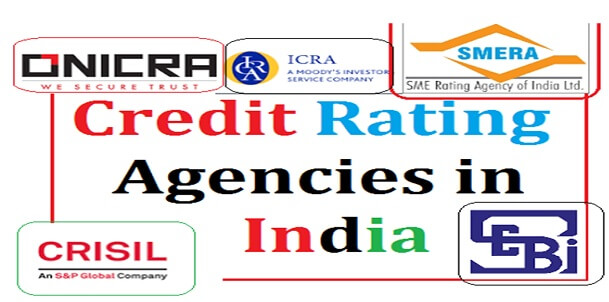
Table of Contents
Earnings Credit Rate
What is the Earnings Credit Rate?
The Earnings Credit Rate (ECR) is a regular evaluation of interest that a Bank pays on deposits of a customer. In simple words, ECRs are rates that banks put to Offset service charges. As depositors leave balances in a non-interest-bearing Accounting, the bank applies an ECR on such balances and use the same credit for services.

For instance, if a corporate treasurer has Rs. 250,000 in balance and if ECR is 2%, the corporate treasurer will earn Rs. 5,000 to offset services.
Explaining the Earnings Credit Rate
Banks might use ECRs to decrease fees that customers pay for banking services. These may include savings accounts, credit and debit cards, Business loans, Cash Management services, and any other merchant service.
Basically, ECRs are paid on such funds that are idle and can decrease charges of bank services. Thus, customers who have larger balances and deposits end up paying lower bank fees. Banks may follow substantial discretion when it comes to comprehending the earnings allowance.
While the earnings credit rate can help offset fees, it is also essential that depositors must keep a note of the charges that they are paying to the bank.
How Does an ECR Work?
Let’s assume there is a company named ABC, and it has Rs. 950,000 in its combined deposits with a bank named XYZ. Now, normally the XYZ bank charges ABC company and its customers 0.01 per deposit, 0.01 per cheque and 3% for change orders (which could be converting cash into coins), and a variety of other monthly service fees.
However, now that the company ABC has Rs. 700,000+ in its combined deposits with the bank, this financial institute offered the company an earnings credit that offsets these bank charges. Now, the bank comes up with a specific rate, which is generally based on the Treasury Bill rate.
Talk to our investment specialist
ECR and Increasing Interest Rates
When Money market funds harvest zero, deposit accounts that offer ECRs can become more pleasing to corporate treasurers. However, in times when the interest rates keep increasing, such treasurers may look for other financial instruments that can help them yield higher in comparison to ECRs. This can also comprise money-Market funds or more liquid and safe bond funds.
All efforts have been made to ensure the information provided here is accurate. However, no guarantees are made regarding correctness of data. Please verify with scheme information document before making any investment.
You Might Also Like












